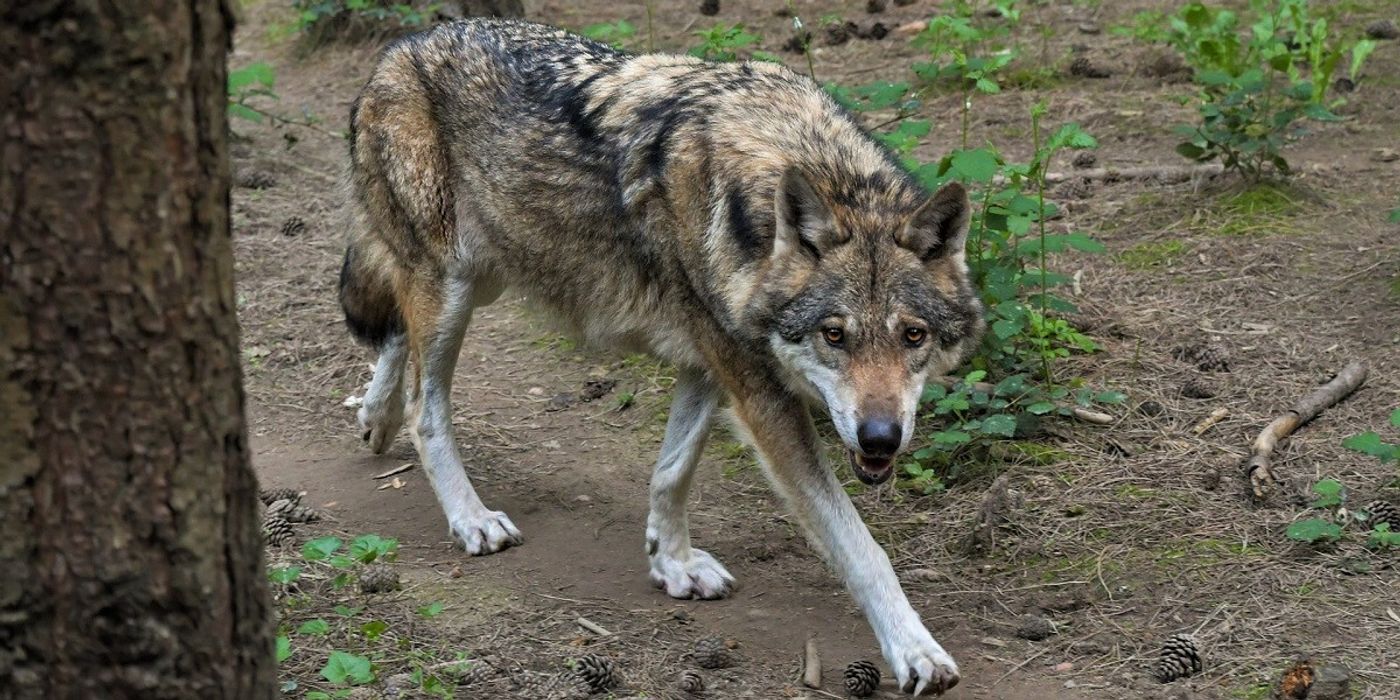Grey Wolves Return to Endangered Species List
Grey wolves once ranged across most of the contiguous US. The government promoted hunting and trapping them in the early 1900s, which led to their decline or extirpation in most places by the 1930s. The few that remained were in hard-to-reach places, like the Northern Rockies, Pacific Northwest, and the Great Lakes Region. Wolves have long been thought of as nuisance animals by ranchers and hunters, as wolves sometimes eat farm animals and compete with hunters for game animals like deer. We have appointed ourselves the managers of all wildlife, especially large predators.
In 1974, federal protections were created for grey wolves with the Endangered Species Act (ESA). Since then, conflicting views have been pushed back and forth over if they should be protected or not. This federal protection story is heralded as one of the few great conservation success stories. The grey wolf was reintroduced to Yellowstone National Park and had a positive effect on the wildlife there. Scientists learned a lot about the role that wolves play in natural ecosystems. And wolves were endeared to the general public.
There are two main wolf populations in the lower forty-eight, one in the Northern Rockies and Pacific Northwest that has already had protections removed by Congress with 2,000 animals, and a population in the Western Great Lakes area of Wisconsin, Minnesota, and Michigan, with 4,400 animals. The wolf is still absent from much of its historical range, in Colorado, Oregon, California, and more. In 2020, with only an estimated 6,400 wolves, the Trump administration removed the federal protection for the grey wolf and turned over conservation decisions to the individual states. Farmers and hunters were pleased, and some states very quickly worked on hunting seasons to reduce their wolf populations. Wisconsin came under heavy fire after creating a week-long hunting season, with a goal to kill 119 wolves, when in the first four days, hunters had already killed 178 wolves and they had to cut the season short. No other wolf hunts have been scheduled since, as the public outrage was intense, and they wanted to be able to do it right.
This week, a judge has restored protections to the grey wolves, after a court battle brought by wildlife advocacy groups, citing that the US Fish and Wildlife Service has failed to show that wolf populations would remain stable and healthy without the ESA protections. Hunters and farmers are generally not pleased with the ruling, while wildlife advocates are celebrating.









